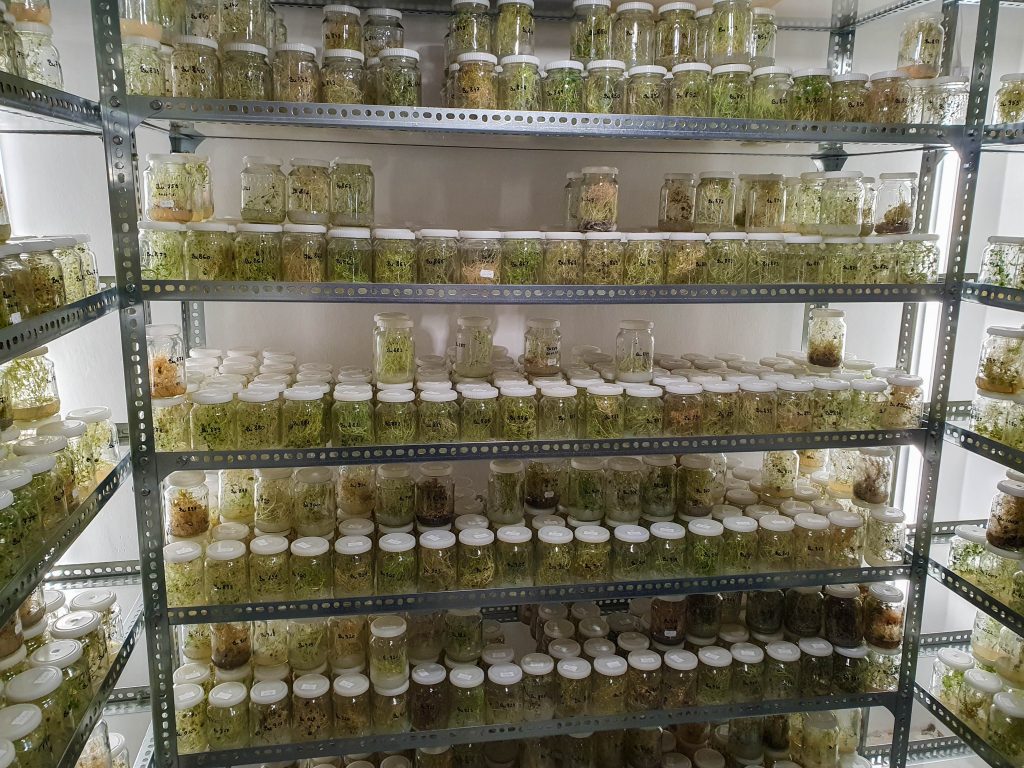
Nurturing Hungary’s Soils: Understanding Soils in the Carpatian Basin, its Challenges and Possible Solutions
Over thousands of years, Hungary’s soils have been shaped by different geological forces, resulting in a diverse range of soil types. However, man-made compaction, erosion, and the demands of intensive agriculture are endangering Hungary’s soil quality and its biodiversity. Join us, as we explore Hungary’s soil landscape and possible solutions for sustainable soil management.

